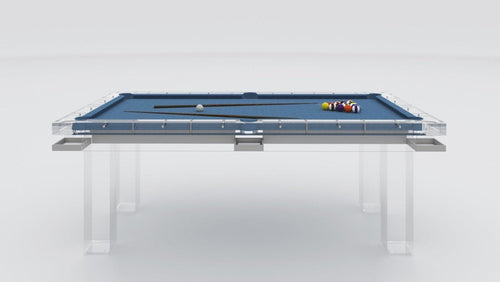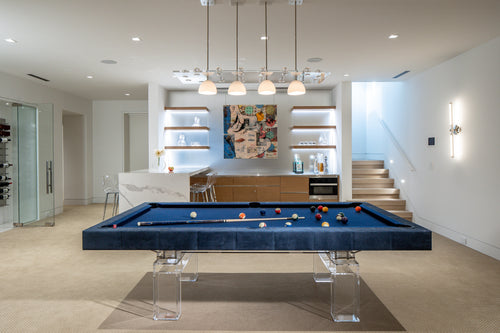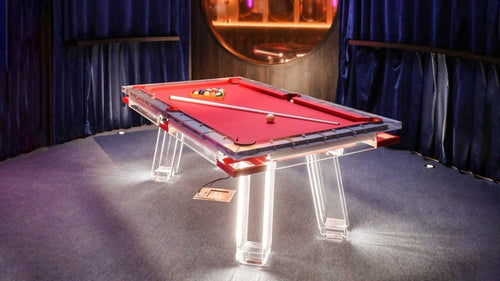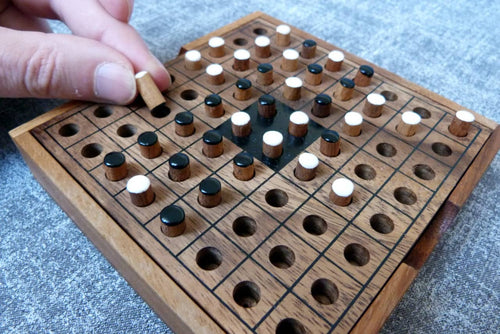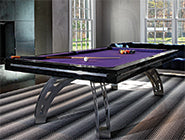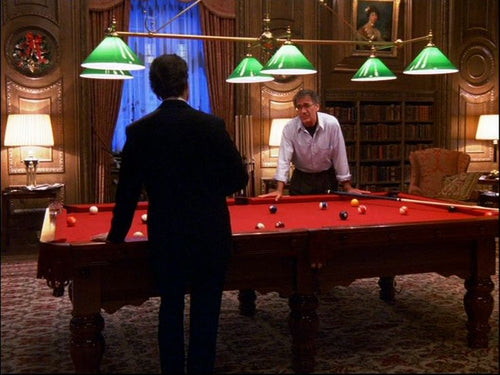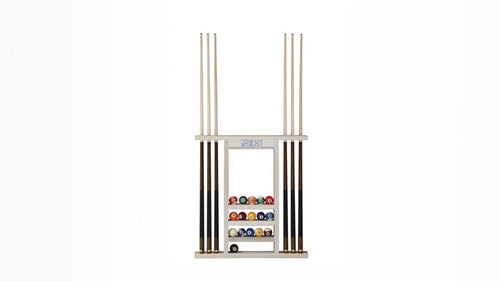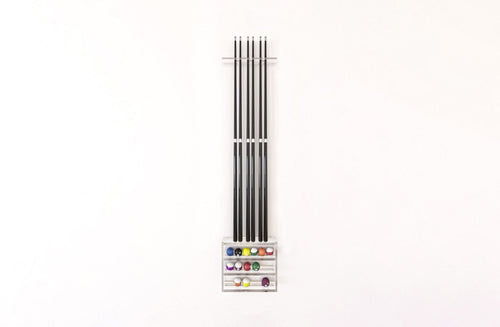Enjoy our modern designs
Bank pool is a classic cue sport that demands precision, strategy, and a deep understanding of angles. Unlike many other pool games, every shot in bank pool must be a bank shot—meaning the object ball must strike one or more cushions before being pocketed. Here’s a comprehensive, straightforward look at how to play bank pool, including setup, rules, and essential strategies.
What You Need
- Standard set of pool balls (either 9 or 15 object balls, plus the cue ball)
- Pool table
- Cue sticks
Objective of the Game
The goal in bank pool is simple: be the first to legally bank and pocket a set number of balls—usually five (with 9-ball rack) or eight (with a full 15-ball rack). Each legally pocketed bank shot counts as one point.
Racking the Balls
- 9-Ball Bank Pool: Rack nine balls in a diamond shape, as in nine-ball.
- Full Rack Bank Pool: Rack all fifteen balls in a standard triangle, as in eight-ball.
- Ball order in the rack does not matter.
The Break
- The player who wins the lag or coin toss chooses who breaks.
- The cue ball is placed behind the head string for the break.
-
Legal Break Requirements:
- At least four object balls must contact the cushions, or the break is illegal.
- Any balls pocketed on the break are not scored; they are spotted after the player's inning ends.
- If the break is illegal, the opponent may accept the table as it lies or request a re-rack.
Gameplay Rules
1. Bank Shots Only
Every shot must be a bank: the cue ball strikes the object ball, which then must hit one or more cushions before being pocketed. No kick shots (cue ball off a rail first), no combinations (object ball cannot carom off another ball), and no kiss shots (object ball cannot touch another ball before reaching the pocket).
2. Call Your Shot
You must call the ball, the pocket, and the intended cushion(s) the object ball will contact. If the ball takes a different path—even if it goes into the called pocket—it does not count and is spotted.
3. Scoring
- Only the called ball, pocketed as described, counts as a point.
- Any extra balls pocketed in the same shot are spotted after your inning ends.
- First to the set number of points (5 or 8) wins the rack.
4. Fouls
- Common fouls: failing to hit the object ball first, failing to bank the object ball, cue ball scratch, or jumping the cue ball off the table.
- On a foul, any pocketed balls are spotted, and you may owe a ball (subtracting a previously scored ball from your score).
- Three consecutive fouls result in loss of game.
- After a scratch, the incoming player gets cue ball in hand behind the head string.
Strategy Tips
- Play Safe: If you don’t have a high-percentage bank, try to leave your opponent with a tough shot.
- Shape: Plan your cue ball position for your next bank shot, especially when you’re confident about making the current shot.
- Multi-Rail Banks: Don’t shy away from two- or three-rail banks; they can be both offensive and defensive.
- Defense: On tough banks, focus on leaving the cue ball in a spot where your opponent has no easy bank shot.
Summary Table: Key Bank Pool Rules
| Rule Area | Requirement |
|---|---|
| Objective | Bank and pocket 5 (9-ball rack) or 8 (15-ball rack) balls |
| Shot Type | Bank shots only (object ball must hit cushion(s) before pocketing) |
| Call Shot | Must call ball, cushion(s), and pocket |
| Break | At least 4 object balls must hit rails; balls pocketed on break are spotted |
| Fouls | Balls pocketed on foul are spotted; may owe a ball; 3 fouls = loss |
| Winning | First to required points wins the rack |
Final Thoughts
Bank pool strips the game down to pure skill—no lucky rolls, no flukes. Every shot must be deliberate, calculated, and executed with precision. If you’re looking for a pool game that rewards mastery of angles and thoughtful play, bank pool is the ultimate test.




